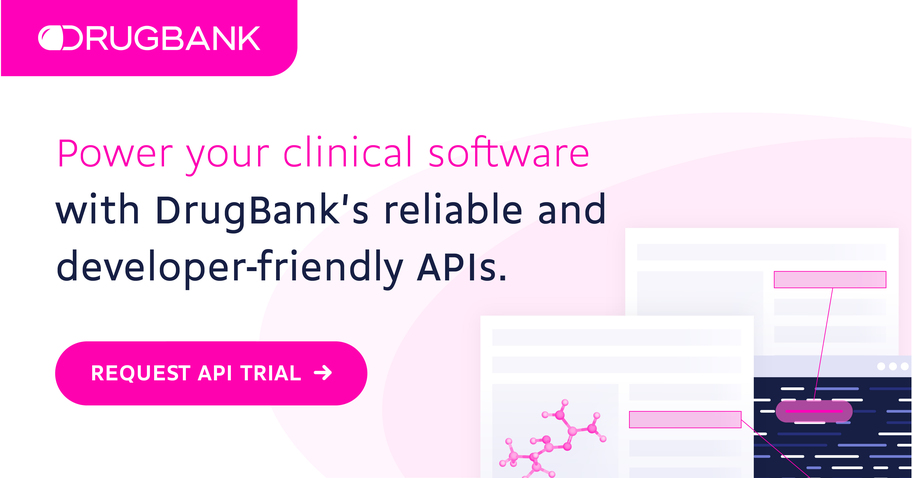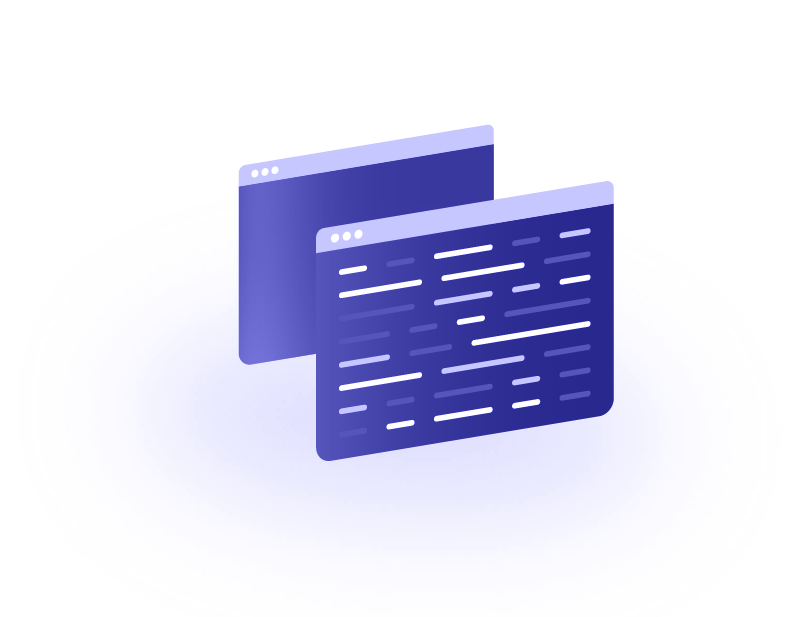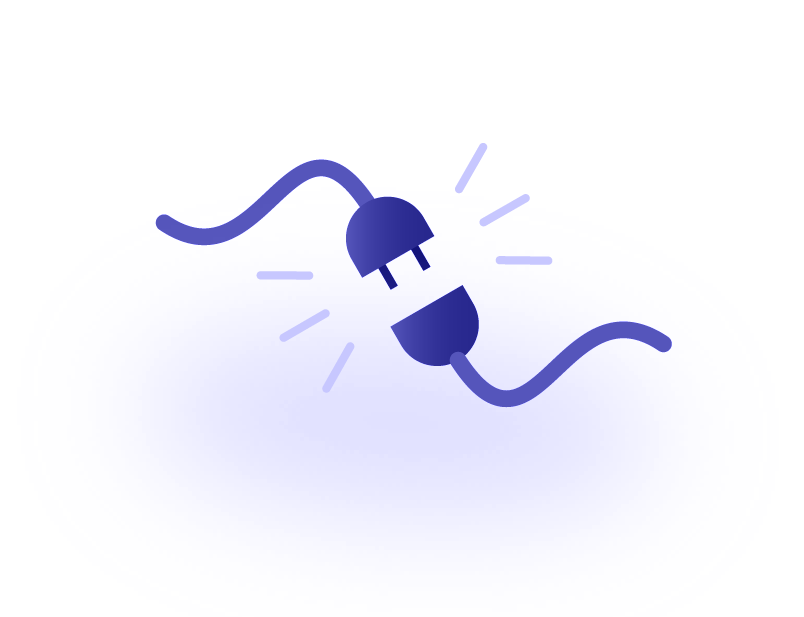SQL Examples
Basic Queries
SELECT * FROM drugs LIMIT 10;SELECT COUNT(*) FROM drugs;SELECT record_type, COUNT(*) FROM accession_numbers GROUP BY record_type;Drug Queries
SELECT d.name, d.drugbank_id, c.title AS category FROM drugs d
JOIN drug_categorizations dc ON dc.drug_id = d.id
JOIN categories c ON dc.category_id = c.id
ORDER BY d.drugbank_id;SELECT d.drugbank_id, d.name, p.* FROM drugs d
JOIN pharmacologies p ON d.id = p.drug_id
ORDER BY d.drugbank_id;SELECT d.drugbank_id, d.name, r.* FROM drugs d
JOIN reactions r ON r.drug_id = d.id
ORDER BY d.drugbank_id;SELECT d.drugbank_id, d.name, sdi.* FROM drugs d
JOIN structured_drug_interactions sdi ON sdi.subject_drug_id = d.id OR sdi.affected_drug_id = d.id
ORDER BY d.drugbank_id;SELECT DISTINCT drg.name, cat.title AS category_title, map.code, map.vocabulary_level FROM drugs drg
JOIN drug_categorizations dcs ON drg.id = dcs.drug_id
JOIN categories cat ON cat.id = dcs.category_id
JOIN category_mappings map ON map.category_id = cat.id and map.vocabulary = 'ATC'
ORDER BY drg.name;SELECT DISTINCT drg.name, map.code, map.vocabulary_level FROM drugs drg
JOIN drug_mappings map ON map.drug_id = drg.id and map.vocabulary = 'ATC'
ORDER BY drg.name;SELECT d.name, d.drugbank_id, t.identifier AS trial_identifier FROM clinical_trials t
JOIN clinical_trial_interventions i ON i.trial_id = t.identifier
JOIN clinical_trial_interventions_drugs id ON id.intervention_id = i.id
JOIN drugs d ON id.drug_id = d.id
ORDER BY d.drugbank_id;SELECT d.name, b.type, be.name AS bond_name FROM drugs d
JOIN bonds b ON b.drug_id = d.id
JOIN bio_entities be ON be.biodb_id = b.biodb_id
ORDER BY d.name;SELECT d.id, d.name, b.type,
be.biodb_id, be.name, be.kind, be.organism,
p.uniprot_id
FROM bonds b
JOIN drugs d ON d.id = b.drug_id
JOIN bio_entities be ON be.biodb_id = b.biodb_id
JOIN bio_entity_components bec ON bec.biodb_id = be.biodb_id AND bec.component_type = "Polypeptide"
JOIN polypeptides p ON p.uniprot_id = bec.component_id
ORDER by d.name, be.name;Product Queries
When querying products, there are 4 boolean columns in particular that can be used to filter various kind of products:
| approved: | '1' = approved product, | '0' = non-approved product |
| otc: | '1' = over-the-counter product, | '0' = prescription product |
| generic: | '1' = generic product, | '0' = branded/non-generic |
| mixture: | '1' = compound/mixture product, | '0' = single-drug product |
SELECT * FROM products p
JOIN ingredients i ON i.product_id = p.id
JOIN drugs d ON d.id = i.drug_id
ORDER BY p.id;SELECT p.id, p.name FROM products p
WHERE p.approved = '1' AND p.otc = '0' AND p.generic = '0' AND p.mixture = '0'
ORDER BY p.name;SELECT p.id, p.name FROM products p
WHERE p.approved = '1' AND p.otc = '0' AND p.generic = '1' AND p.mixture = '0'
ORDER BY p.name;SELECT p.id, p.name FROM products p
JOIN ingredients drug_filter ON drug_filter.product_id = p.id
WHERE drug_filter.drug_id = 1048 AND p.approved = '1' AND p.otc = '0' AND p.generic = '1' AND p.mixture = '0'
ORDER BY p.name;SELECT p.id, p.name, d.drugbank_id, d.name AS drug_name FROM products p
JOIN ingredients i ON i.product_id = p.id
JOIN drugs d ON i.drug_id = d.id
WHERE p.mixture = '1'
ORDER BY p.nameSELECT p.id, p.name, d.drugbank_id, d.name AS drug_name FROM products p
JOIN ingredients i ON i.product_id = p.id
JOIN drugs d ON i.drug_id = d.id
JOIN ingredients drug_filter ON drug_filter.product_id = p.id
WHERE p.mixture = '1' AND drug_filter.drug_id = 1048
ORDER BY p.name;SELECT p.name, df.name AS form FROM products p
JOIN dosage_forms_products dfp ON dfp.product_id = p.id
JOIN dosage_forms df ON dfp.dosage_form_id = df.id
ORDER BY p.name;SELECT p.name, dr.name AS route FROM products p
JOIN dosage_routes_products drp ON drp.product_id = p.id
JOIN dosage_routes dr ON drp.dosage_route_id = dr.id
ORDER BY p.name;SELECT pc.title as parent_title, child.title AS child_title FROM product_concepts pc
JOIN product_concept_children is_a ON is_a.parent_id = pc.id
JOIN product_concepts child ON child.id = is_a.child_id
ORDER BY pc.title;Structured Indication Queries
Each row in the structured_indications table represents a structured indication for a drug, referenced by the drug_id column. In addition to this row, each indication also includes one or more rows in the indication_attributes, indication_conditions, indication_drugs and indication_categories tables. Interpreting a indication requires bringing together all relevant data from these tables. Plese refer to the Structured indications for more details.
SELECT d.name AS drug_name, d.drugbank_id, i.kind, c.title AS condition_name
FROM structured_indications i
JOIN drugs d ON d.id = i.drug_id
JOIN indication_conditions ic
ON ic.indication_id = i.id
AND ic.relationship = 'for_condition'
JOIN conditions c ON c.preferred_term_id = ic.condition_id
JOIN accession_numbers an
ON an.record_id = c.id
AND an.record_type = 'Condition'
WHERE an.number = 'DBCOND0029752'
LIMIT 30;Note that there are two direct relationships between indication and drug - the drug_id column in the structured_indications table, and the indication_drugs table.
This query uses both relationships and reports the type of connection between the indication and the drug.
An outer join is used for the indication_drugs table, and the joined rows are filtered by drug id and relationship. This way, only rows directly relevant to the target drug will be found.
The conditions table is joined via the indication_conditions table, filtering on the relationship between condition and indication.
SELECT DISTINCT i.kind, c.title AS condition_name, COALESCE(i_drugs.relationship, "main drug") AS indication_relationship
FROM structured_indications i
LEFT OUTER JOIN indication_drugs i_drugs
ON i_drugs.indication_id = i.id
AND i_drugs.drug_id = 331
AND i_drugs.relationship = "combination"
JOIN indication_conditions ic ON ic.indication_id = i.id AND ic.relationship = "for_condition"
JOIN conditions c ON c.id = ic.condition_id
WHERE i.drug_id = 331 OR i_drugs.drug_id = 331;Structured Contraindication Queries
Each row in the structured_contraindications table represents a structured contraindication for a drug, referenced by the drug_id column. In addition to this row, each contraindication also includes one or more rows in the contraindication_attributes, contraindication_conditions, contraindication_drugs and contraindication_categories tables. Interpreting a contraindication requires bringing together all relevant data from these tables. Plese refer to the Structured Contraindications for more details.
SELECT sc.id, c.title AS condition_title, cc.relationship, d.drugbank_id, d.name FROM structured_contraindications sc
JOIN contraindication_conditions cc ON sc.id = cc.contraindication_id
JOIN conditions c ON c.id = cc.condition_id
JOIN drugs d ON d.id = sc.drug_id
WHERE sc.drug_id = 331 AND cc.relationship = 'patient_condition';SELECT sc.id, ca.relationship, ca.value, d.drugbank_id, d.name FROM structured_contraindications sc
JOIN contraindication_attributes ca ON sc.id = ca.contraindication_id
JOIN drugs d ON d.id = sc.drug_id
WHERE sc.drug_id = 331;Structured Adverse Effect Queries
Each row in the structured_adverse effects table represents a structured adverse effect for a drug, referenced by the drug_id column. In addition to this row, each adverse effect also includes one or more rows in the adverse_effect_attributes, adverse_effect_conditions, adverse_effect_incidences, adverse_effect_drugs and adverse_effect_categories tables. Interpreting an adverse effect requires bringing together all relevant data from these tables. Please refer to the Structured Adverse Effects documentation for more details.
SELECT sa.id, c.title AS condition_title, ae.relationship AS condition_relationship, d.drugbank_id, d.name FROM structured_adverse_effects sa
JOIN adverse_effect_conditions ae ON sa.id = ae.adverse_effect_id
JOIN conditions c ON c.id = ae.condition_id
JOIN drugs d ON d.id = sa.drug_id
WHERE sa.drug_id = 331 AND ae.relationship = 'effect';SELECT sa.id, c.title AS condition_title, ac.relationship AS condition_relationship, ai.percent, d.drugbank_id, d.name FROM structured_adverse_effects sa
LEFT OUTER JOIN adverse_effect_incidences ai ON sa.id = ai.adverse_effect_id AND ai.kind = 'experimental'
JOIN adverse_effect_conditions ac ON sa.id = ac.adverse_effect_id
JOIN conditions c ON ac.condition_id = c.id
JOIN drugs d ON d.id = sa.drug_id
WHERE sa.drug_id = 331 AND ac.relationship = 'effect'
ORDER BY ai.percent;Other Queries
SELECT c.*, s.* FROM conditions c
JOIN conditions s ON s.preferred_term_id = c.id
ORDER BY c.drugbank_id;







